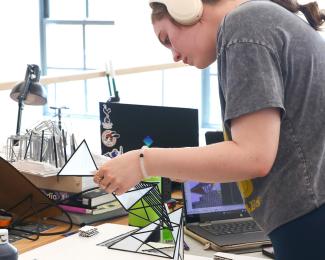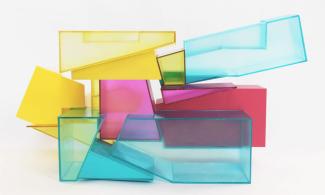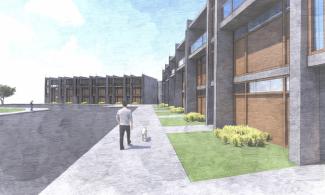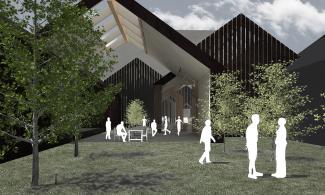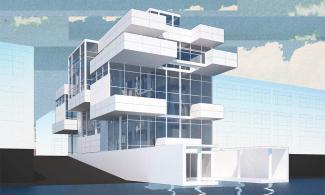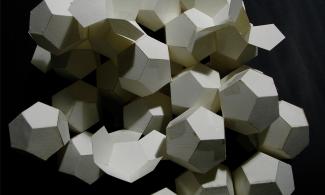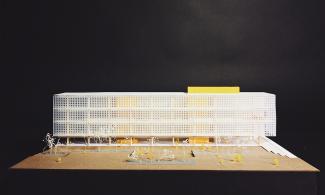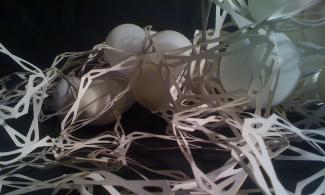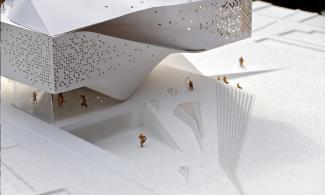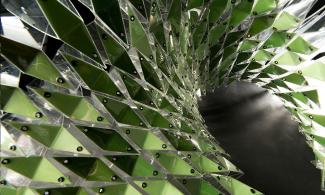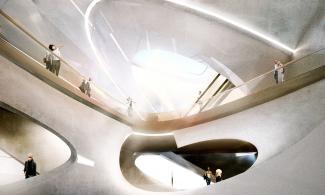The School of Architecture in the College of Design, a STEM-designated program at the University of Kentucky, offers a four-year undergraduate program leading to a Bachelor of Arts in Architecture, as well as a two- or three-year graduate program leading to a Master of Architecture. The undergraduate degree combines a broad liberal arts education with a foundation in the theory and practice of architecture. Studios provide a social and curricular framework for the architecture student. Representational skills such as drawing, model making and computer modeling are practiced rigorously as essential skills for design. In addition to the design studio, students study building technology; materials and structural systems; digital fabrication techniques; the history, theory and criticism of architecture; and the ethical and professional principles of a successful architecture practice.
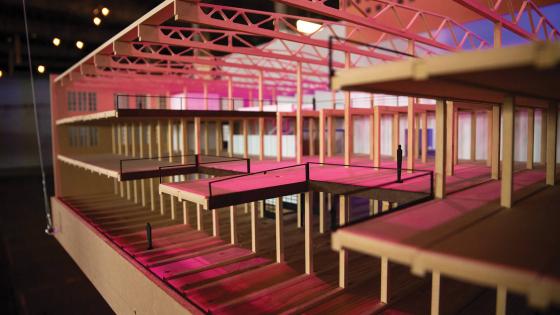
Bachelor of Arts in Architecture
About the Degree
Curriculum
The undergraduate architecture degree consists of a series of architecture studios, supplemented by courses in history, theory, building technology, and professional practice.
Career Paths
From architects and designers to construction managers and urban planners, a degree in architecture provides a wide variety of career opportunities.
In Studio
The design studio is where you bring knowledge to propose innovative design solutions to a wide range of spatial challenges. In studio, you are the key component in a culture of critical thinking and creativity that challenges your preconceptions, and encourages you to formulate new ideas that stimulate your imagination. It aims to spark your curiosity, and to propel you to foster your own vision for the future of the built environment.
In this creative, collaborative, hands-on environment, you will explore, research, discuss and analyze architectural challenges with your studio instructor and classmates. You’ll get your hands dirty as you test your intellectual ideas and propose creative solutions through drawings, models, scale mockups and digitally fabricated prototypes. For many, working closely together in the studio environment – critiquing projects, exchanging techniques, and sharing ideas throughout all stages of the design process – is one of the highlights of a design education.
